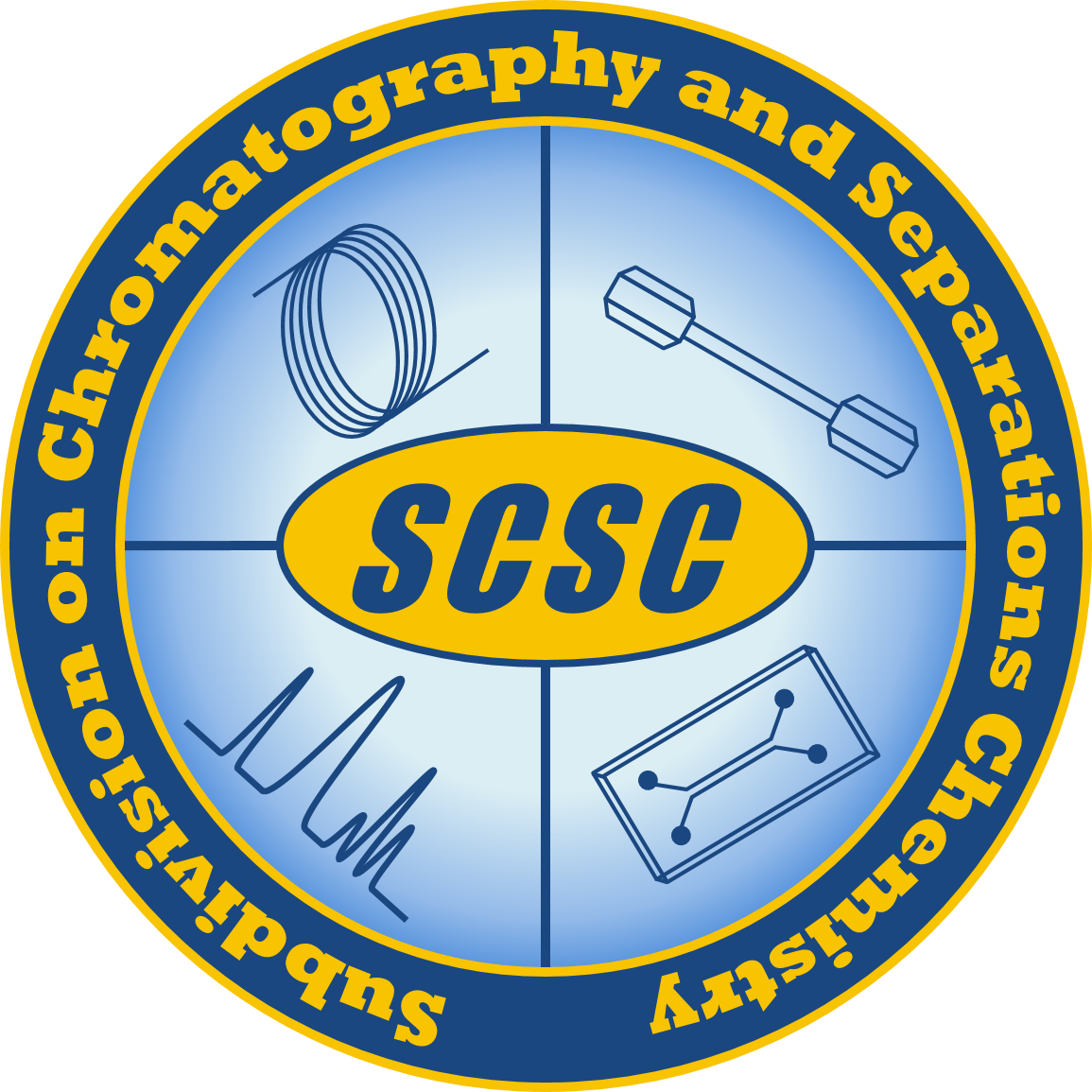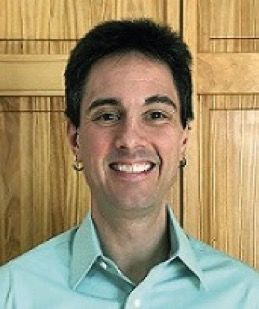The LCGC Blog: What I am Looking for When Hiring a Candidate: One Pharmaceutical Analytical Chemist’s Perspective

This blog is a collaboration between LCGC and the American Chemical Society Analytical Division Subdivision on Chromatography and Separations Chemistry.
Ahhhh… Spring!
Spring is in the air. A new crop of scientists sees graduation on the horizon. Recruiters are swarming the (frequently virtual) halls of higher education and conferences. One common question I get when performing the recruiting road show is, “What are you looking for in a candidate?” For context, I work in Bristol Myers Squibb’s Chemical Process Development department, where (to grossly oversimplify), our remit is to transform discovery medicinal chemistry syntheses into scalable, safe, economical, and sustainable commercial pharmaceutical processes. For my analytical colleagues and me, our day-to-day work can span the gamut of identifying new chemical impurities, inventing and optimizing analytical methods, troubleshooting synthetic hiccups, shaping process control strategies, and researching new ways to speed development timelines. Our dominant tools are separations-based, with liquid chromatography (specifically, reversed-phase) being by far the most widely utilized. Hence, one would assume we would look for the best chromatographers, either in the fields of fundamentals or applications.
My personal observation is that, at least within North America, candidates lacking industrial experience (which is the vast majority of soon-to-be graduates) predominantly have not pursued in-depth chromatographic research. Indeed, there are a shrinking number of university groups studying the theory of separations (but if anyone reading this is writing an update to Giddings’ Unified Separation Science (1) I know many who would pre-order it). Perhaps the field is too mature, everything has been studied already, or a fancy software package can develop all of my separations methods for me. I hope that we can agree none of these are true.
Making the Cut
To not limit our potential talent pool, we must expand beyond attempting to find plug-and-play scientists already possessing keen chromatographic skills. This is not to say job seekers should be totally naïve, because separations are a cornerstone of any quality chemistry education. Indeed, one component to the “What are we looking for?” question is a comprehensive analytical chemistry foundation, either learned formally or acquired experientially. As my American Chemical Society Subdivision on Chromatography and Separations Chemistry (ACS SCSC) colleague James Grinias noted a few blogs ago (2), the topics that could be covered under the analytical umbrella far outpace the time afforded to it in an undergraduate or graduate education. Do we skip burets in favor of capillary electrophoresis, drop graphite furnaces for CCD optics, study specific types of instrument or statistical moments, and on and on?
We hope that students get broad exposure to all facets of chemical measurements, as well as opportunities to delve deeper into a select few (typically a natural result of hands-on research). The most bang for the buck will be topics that transcend subfields. Sampling theory, data evaluation, error analysis, and basic laboratory skills (meaning the ability to weigh, pipette, and use glassware—and do all these things correctly) cannot be underemphasized. Electronics, programming, or in silico modeling experience are not only valuable for more advanced courses and research but can help differentiate otherwise similar candidates.
Research, Research, Research
Nothing can replace hands-on research experience. Even at an undergraduate level, time in an academic laboratory or interning in industry will yield enormous dividends. This exposure will not only afford an opportunity to hone one’s investigative and technical skills, but it will also provide an environment that will require working within a team and being able to communicate effectively. Hopefully, it’s more than a resume builder and gives broader insight into the world of research, either igniting a passion for scientific exploration or a realization that another field may be more fulfilling.
As a personal example, like many undergraduates, I had no clue what I wanted to be when I grew up. I started in journalism, drifted towards pre-medical, and somehow landed a chance to work in Prof. M. Bonner Denton’s Raman spectroscopy laboratory as a sophomore at the University of Arizona. I was paired with a senior graduate student and, after demonstrating that I could be trusted not to break (too many) things, I was allowed to come up with my own research proposal. I don’t know if it was seeing lasers dance across open optics benches, learning I could use software to transform dreams into instruments, or seeing my name in print (3), but I fell for analytical chemistry hard.
The techniques I learned in the Denton lab served me well when I joined Prof. Robert T. Kennedy’s graduate group. True, his research had zero projects focused on spectroscopy. However, the ability (and desire) to create new instruments, from the hardware to the software, translated across research groups. Hence, the goal of building a microfluidic immunoassay sensor for in vitro hormone monitoring from scratch did not seem so far-fetched. Not being afraid to fail and understanding what grit really means transcends specific projects. Being able to create a proposal, a presentation, or a manuscript also all made graduate life a lot easier, and, to this day, I rely on these skills almost daily.
The Answer?
If I had to distill it all down to address the question of “What am I looking for in a candidate?”, my answer would be “a passionate, innovative, analytical chemist”. If you do not believe me, some of my more recently hired colleagues’ PhD research areas were as varied as:
- fundamentals and applications of nanopipette electrospray emitters
- single-molecule fluorescence microscopy studies of speedy DNA robots
- development and studies of novel bioanalytical stationary phases for LC and supercritical fluid chromatography (SFC).
If our department had limited its hiring scope to “trained separations scientists,” we would have missed out on two out of three of these successful scientists. It is not too difficult to learn how to prime a pump or light an FID (4). Passion, innovation, and problem-solving skills backed by a solid chemical education is where the real gold lies.
References
- J.C. Giddings, Unified Separation Science, John Wiley and Sons, New York, (1991).
- J. Grinias, LCGC North America - The Column Supplement, 16 25–27 (2020) .
- J.G. Shackman, J.H. Giles, M.B. Denton, "Pharmaceutical reaction monitoring by Raman spectroscopy," in M.B. Denton (Ed.) "Further Developments in Scientific Optical Imaging, The Royal Chemical Society," Cambridge, 186–201 (2000).
- One can even learn from home using online courses such as the ACS Analytical Division approved curricula at www.CHROMacademy.com.
Jonathan Shackman

Jonathan Shackman is an Associate Scientific Director in the Chemical Process Development department at Bristol-Myers Squibb (BMS) and is based in New Jersey, USA. He earned his two B.S. degrees at the University of Arizona and his Ph.D. in Chemistry from the University of Michigan under the direction of Prof. Robert T. Kennedy. Prior to joining BMS, he held a National Research Council position at the National Institute of Standards and Technology (NIST) and was a professor of chemistry at Temple University in Philadelphia, PA. To date he has authored over 30 manuscripts, 2 book chapters, presented over 30 oral or poster presentations, and holds 1 patent in the field of separation science. Jonathan has proudly served on the executive board of the ACS Subdivision on Chromatography and Separations Chemistry (SCSC) for two terms.

This blog is a collaboration between LCGC and the American Chemical Society Analytical Division Subdivision on Chromatography and Separations Chemistry (ACS AD SCSC). The goals of the subdivision include
- promoting chromatography and separations chemistry
- organizing and sponsoring symposia on topics of interest to separations chemists
- developing activities to promote the growth of separations science
- increasing the professional status and the contacts between separations scientists.
For more information about the subdivision, or to get involved, please visit https://acsanalytical.org/subdivisions/separations/.




